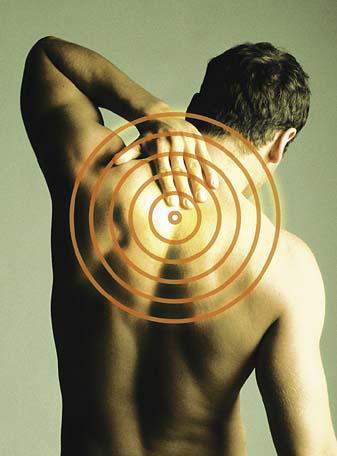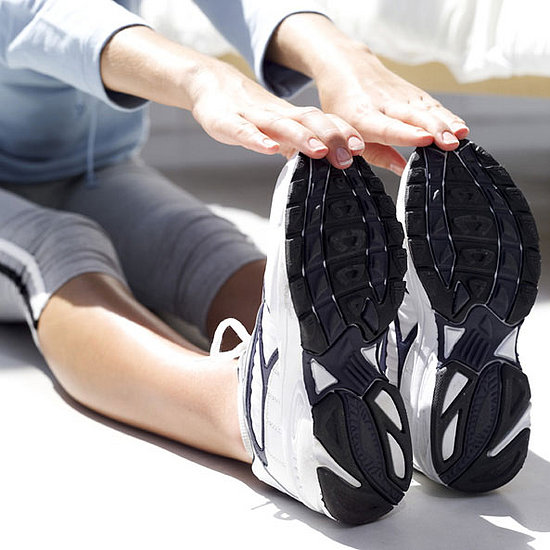Research Supports Chiropractic Care
Scientific research is showing what millions of chiropractic patients already know. Chiropractic adjustments take less time and the benefits last longer. Chiropractic adjustments are safe. And chiropractic care costs less and results in fewer lost workdays. These findings are supported by studies conducted by the U.S. government, by state and foreign governments, by medical doctors, and by private corporations, as well as by doctors of chiropractic themselves.
Spinal Manipulation Is Safe and Effective for Treating Low Back Pain
The following studies have found that spinal manipulation is more effective than other treatments for low back pain:
- The RAND Study. In this independent, ongoing study by RAND, an expert panel of doctors of medicine and doctors of chiropractic reviewed 35 years of research on spinal manipulation. They agreed that this is an appropriate and effective treatment for many kinds of low back pain. A second study by a panel of chiropractors agreed with the finding of the first study.
- The AHCPR Guidelines. A panel of doctors of medicine and other health professionals developed these federal guidelines in 1994 for the Agency for Health Care Policy and Research. Based on a review of current research, the study recommends treating acute low back problems with spinal manipulation by a trained professional.
- The Manga Report. This 1993 Canadian research study examined the effectiveness of chiropractic management of low back pain. The panel of health experts found that spinal manipulation by chiropractors is more effective, less costly, and often safer than medical treatment for low back pain.
- The Meade Studies. The British Medical Journal published 2 studies comparing medical treatment to chiropractic care for low back pain. The 1990 study found that patients seen by doctors of chiropractic were better within 6 months and remained better over a 2-year period. In the 1995 study, improvement was 29% greater after 3 years of chiropractic care.
- The Virginia Cost Assessments. A 1992 study compared the cost of chiropractic care to other medical treatments for common back problems. The researchers found that chiropractic care had the lowest per-visit and total treatment costs. Another Virginia study found that chiropractic care is effective and economical.
- The Florida Study. This 1988 study of more than 10,000 workers with back-related injuries found that those who received chiropractic care returned to work almost twice as fast as those who received medical treatment. Chiropractic care was also less than half the cost of medical treatment.
Research Supports Chiropractic for Other Conditions
Other research studies are showing that chiropractic is safe and effective for treating a number of conditions.
- Headaches. A 1995 clinical study of patients suffering from tension headaches found that 6 weeks of spinal manipulation by chiropractors was an effective treatment. It relieved pain longer and with fewer side effects than treatment for the same period with antidepressant medication. A 2001 Duke University report confirmed that spinal manipulation can improve headaches relating to neck pain or dysfunction. Other studies are looking at the effectiveness of chiropractic care for other kinds of headaches, as well as neck pain.
- Colic. A 1989 Danish study of infants with colic (prolonged crying for no clear reason) found that spinal manipulation greatly reduced symptoms in 94% of the babies. This was after an average of only 3 treatments over a 2-week period. Medication, changes in diet, and other treatments had failed to reduce symptoms in these newborns.
Research Continues
More and more clinical trials and studies are being done on chiropractic adjustments. This research will show whether chiropractic is a safe, effective alternative to medical treatment for conditions such as asthma, high blood pressure, and ulcers.
Last Annual Review Date: Mar 20, 2007Copyright: 2000-2010 The StayWell Company, 780 Township Line Road, Yardley, PA 19067. All rights reserved. This information is not intended as a substitute for professional medical care. Always follow your healthcare professional's instructions.







